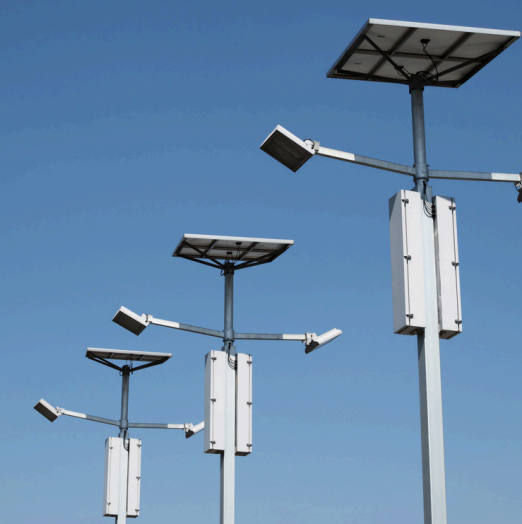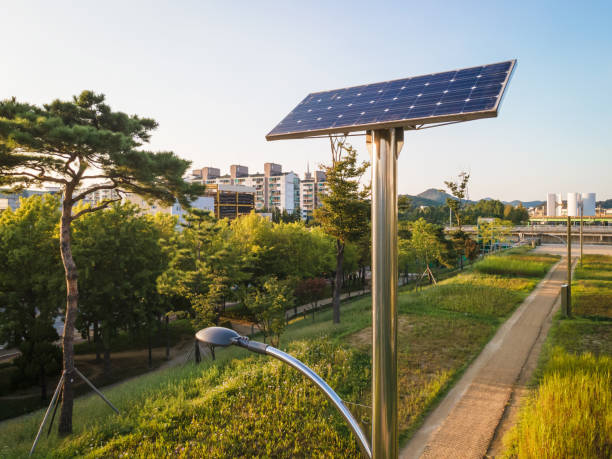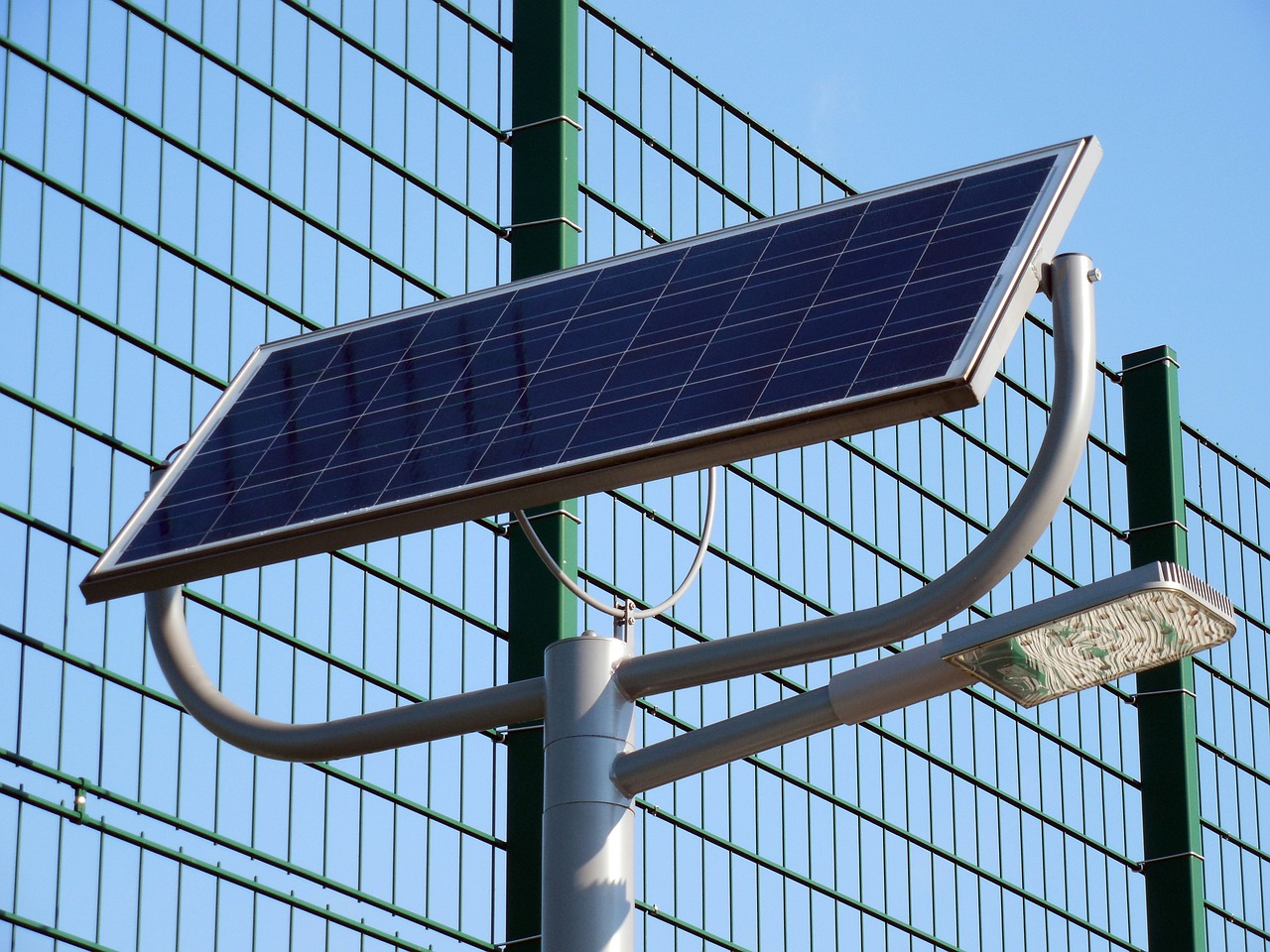
AC street lights are traditional lighting solutions that operate on alternating current (AC) from the power grid to illuminate roads, streets, and public areas. These street lights often use high-intensity discharge (HID) lamps or, increasingly, energy-efficient LED lamps. AC street lights are connected to the centralized electricity grid, providing a reliable and consistent power source for outdoor lighting. These lights play a crucial role in urban infrastructure, enhancing public safety, reducing accidents, and promoting nighttime economic activities. Modern AC street lights are often equipped with smart features, such as remote monitoring and dimming capabilities, which improve energy efficiency and reduce operational costs. Their widespread availability and proven track record make them a dependable choice for municipalities and urban planners.



One of the significant challenges of AC street lights is their dependency on the power grid, making them vulnerable to outages and fluctuations in electricity supply. In areas with unreliable grid connectivity, streetlights may fail to operate consistently, posing safety risks. Additionally, traditional AC street lights, particularly those using HID lamps, consume significant energy, resulting in high operational costs and a substantial carbon footprint. Another challenge is the maintenance and replacement costs associated with traditional lighting systems, which have shorter lifespans and require frequent upkeep. In older installations, outdated wiring or infrastructure may pose safety risks or increase the likelihood of malfunctions. Theft or vandalism of street light components also remains a concern in certain locations, further complicating their management.
To address energy consumption issues, transitioning from traditional HID lamps to LED-based AC street lights can significantly reduce electricity usage and lower operational costs. Implementing smart lighting systems with sensors and timers allows for optimized energy consumption by adjusting brightness based on traffic or time of day. These upgrades not only improve efficiency but also reduce the carbon footprint of street lighting systems. To enhance reliability in areas with inconsistent grid power, hybrid systems combining AC power with solar backup can be implemented. Regular maintenance schedules and the use of durable materials can extend the lifespan of street lights and minimize repair costs. Governments and municipalities can also invest in theft deterrence measures, such as tamper-proof designs and improved surveillance, ensuring uninterrupted operation and longevity of the street lighting infrastructure.